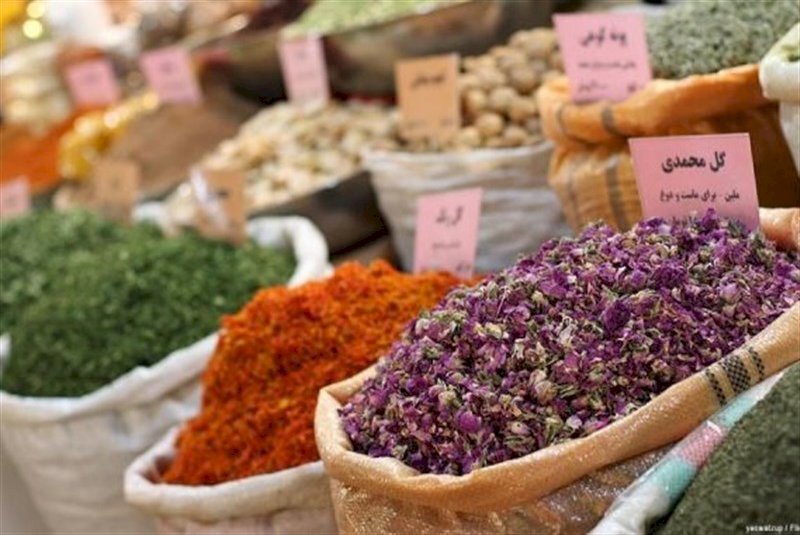Gorgak to host festival dedicated to medicinal herbs, aromatic vegetables

TEHRAN –A festival dedicated to medicinal herbs and aromatic vegetables is scheduled to be held in Gorgak village, Zarand county of Kerman province on Friday, Zarand’s tourism chief has said.
Due to its long history of planting aromatic vegetables, the growth of medicinal plants, and its pleasant climate, this village has always been a popular tourist destination, Mohammad Eslami said on Monday.
Such festivals are a kind of thanksgiving celebration for God’s blessings, which are held throughout the year, the official added.
Recent decades have seen a growing interest in medicinal plants and the traditional knowledge of their usage to some extent that some believe the drugs of the future might come from the past.
Due to the possible side effects of synthetic drugs, herbal products and the desire for multilateral use of these plants in various pharmaceutical, food, and cosmetic industries are becoming more and more popular again. And such a trend steps up demands for potentially important tourist attractions.
That is why the rural destinations with medicinal herb resources are becoming increasingly popular in Iran and many other countries, especially as a part of alternative medicine.
Iran is a country of exceptional biological and landscape diversity, a huge, untapped potential that could help to improve the tourism offering. Of the 8,425 species of herbs identified in the country, 2,300 are medicinal, aromatic, and cosmetic properties, according to data provided by the Forests, Ranges, and Watershed Management Organization.
Big and sprawling Kerman province is something of a cultural melting pot, blending various regional cultures over time. It is also home to rich tourist spots and historical sites including bazaars, mosques, caravanserais, and ruins of ancient urban areas.
Kerman province is bounded by the provinces of Fars on the west, Yazd on the north, South Khorasan on the northeast, Sistan-Baluchestan on the east, and Hormozgan on the south. It includes the southern part of the central Iranian desert, the Dasht-e Lut.
ABU/AFM
Leave a Comment